
Chips and electronic devices have become exponentially smaller and faster in recent decades. We have nearly reached the limits of ‘traditional’ electronics and are now transitioning from electronics to photonics, which uses light instead of electrons. Scientists have developed a new technique for trapping sound waves and light using multilayer silicon nitride waveguides. The project [..]
Read More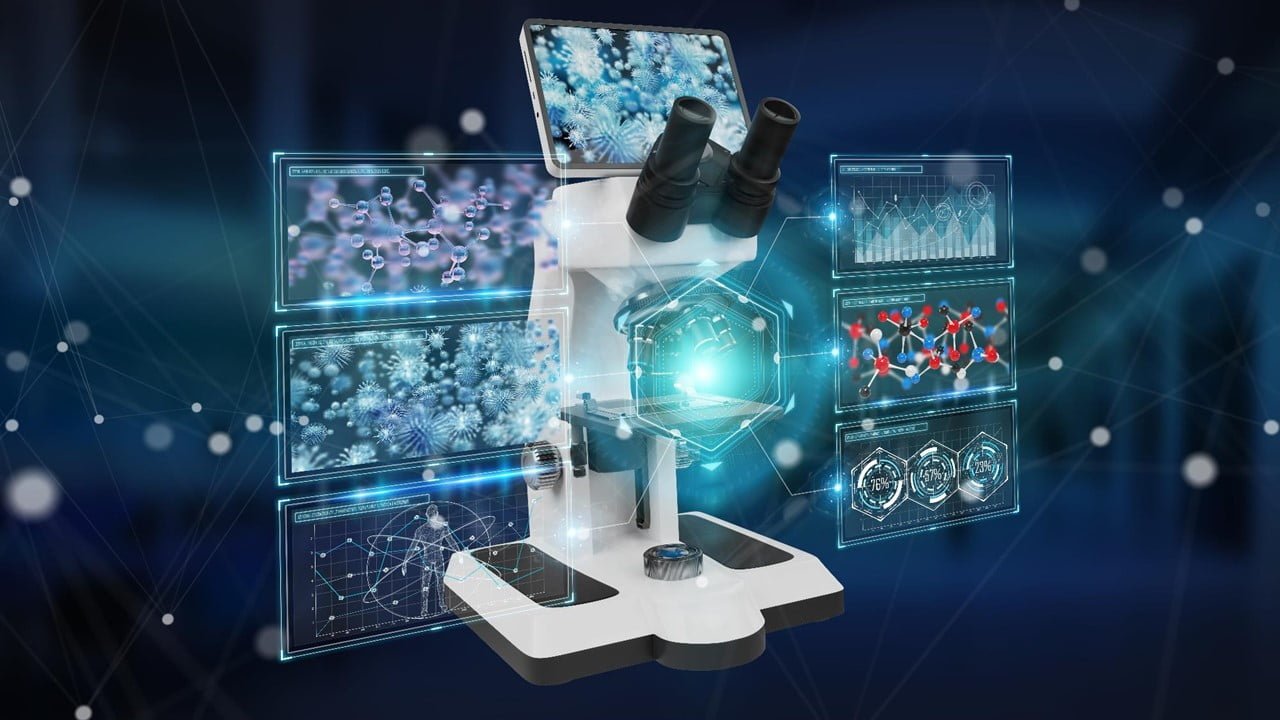
Light-field microscopy is a promising solution for microscopic volumetric imaging because the technique can encode information on multiple planes in a single acquisition. It is accomplished through its unique simultaneous capture of light spatial distribution and propagation direction information. However, compared to standard microscopes, state-of-the-art light-field microscopes suffer from a detrimental loss of spatial resolution. [..]
Read More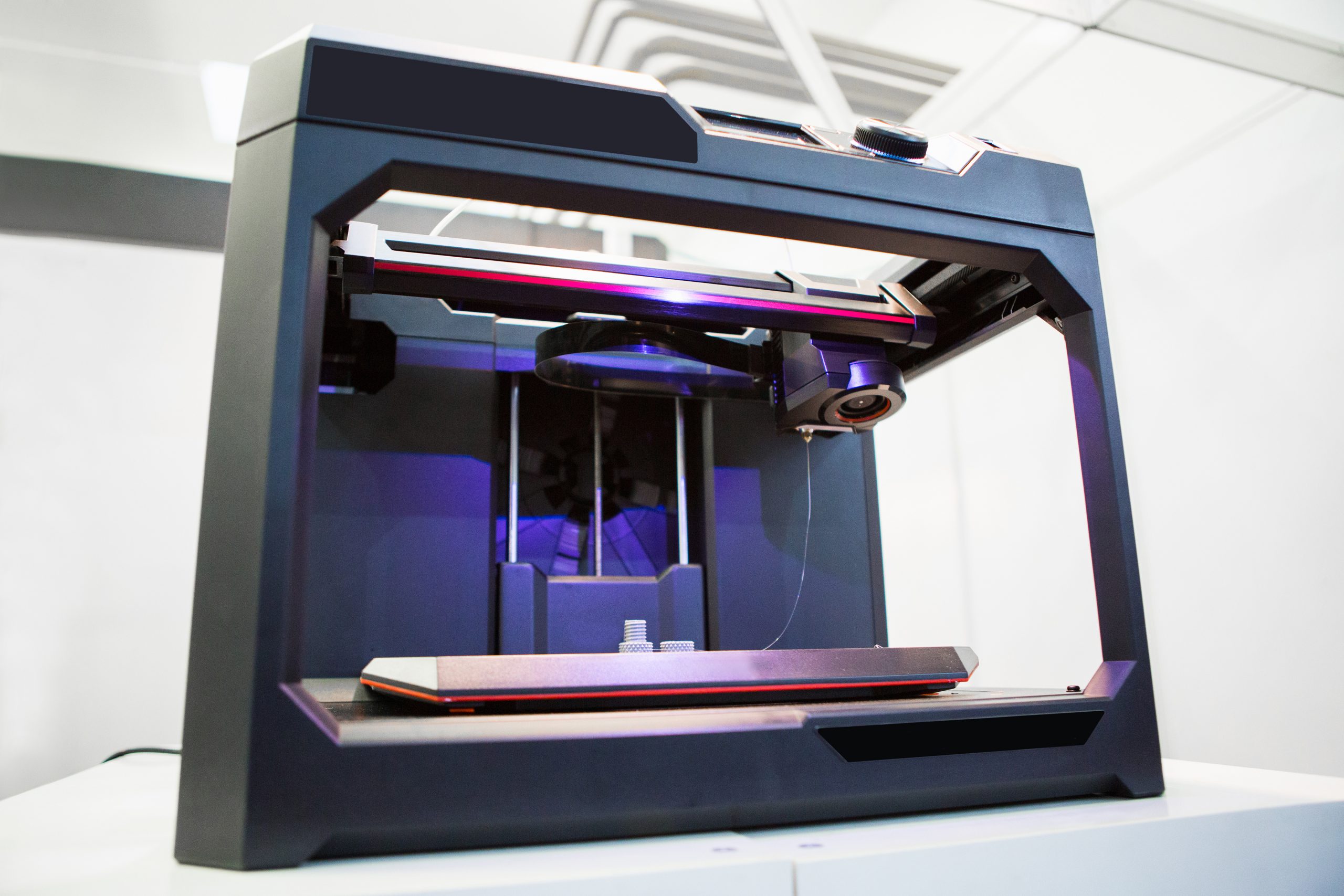
Additive manufacturing allows for the creation of novel, multifunctional lenses and components that have the potential to simplify and shrink traditional optical systems. Emerging 3D printing technology converts previously impossible optical component designs into optimized elements. It can improve medical instruments, research tools, communications systems, and consumer devices. The additive process in 3D printing prints [..]
Read More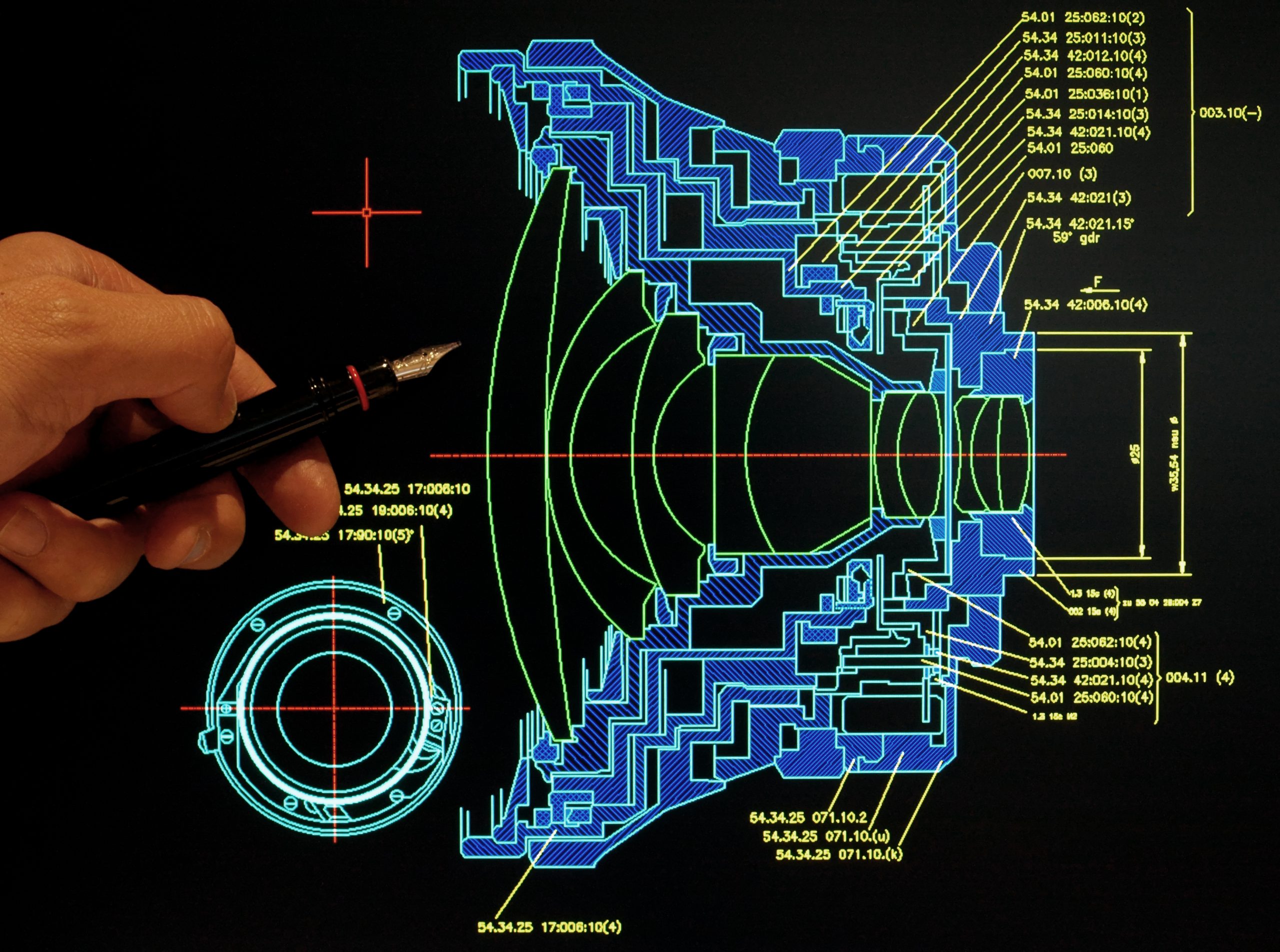
Nanowires, materials with 1000 times the diameter of a human hair and fascinating physical properties, have the potential to enable significant advances in a wide range of fields, from energy harvesters and sensors to information and quantum technologies. Their minuscule size, in particular, may enable the development of smaller transistors and miniaturized computer chips. However, [..]
Read More
Researchers have developed a new decoding method for orbital angular momentum (OAM) holography. Based on cross convolution, it significantly exceeds the upper limit of OAM holography’s information extraction rate. They designed an amplitude-modulated pattern called Amplitude Decoding Key (ADK) as a decoder for information extraction in OAM holography, starting with the spatial frequency domain. A [..]
Read More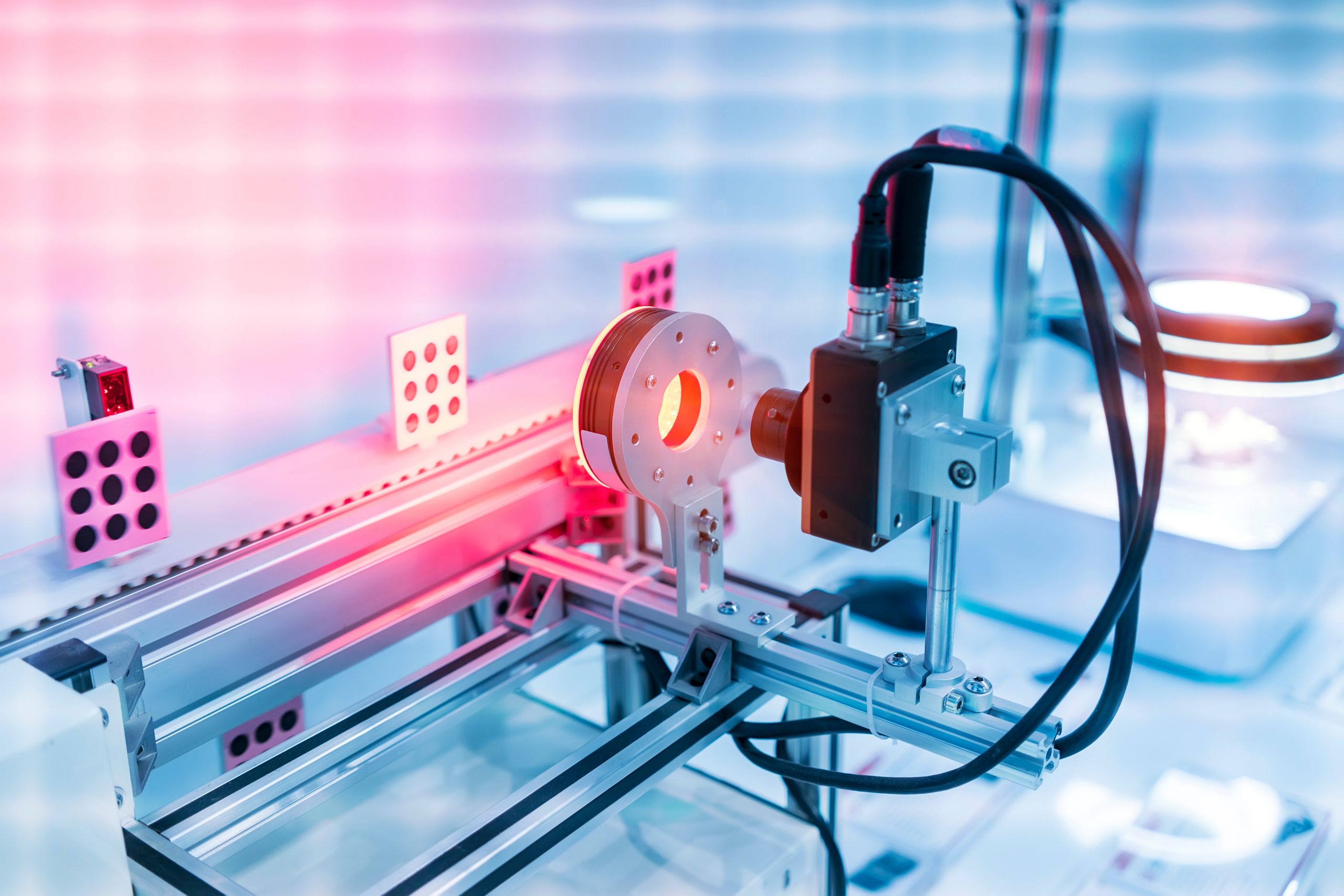
When a germinating seed is placed on its side, some roots bend earthward immediately, while others turn more slowly. Plant roots must be directed toward gravity for water and nutrients to be available. Understanding these directional mechanisms could help improve agriculture and ensure food security as global climate changes. A new study used machine vision [..]
Read More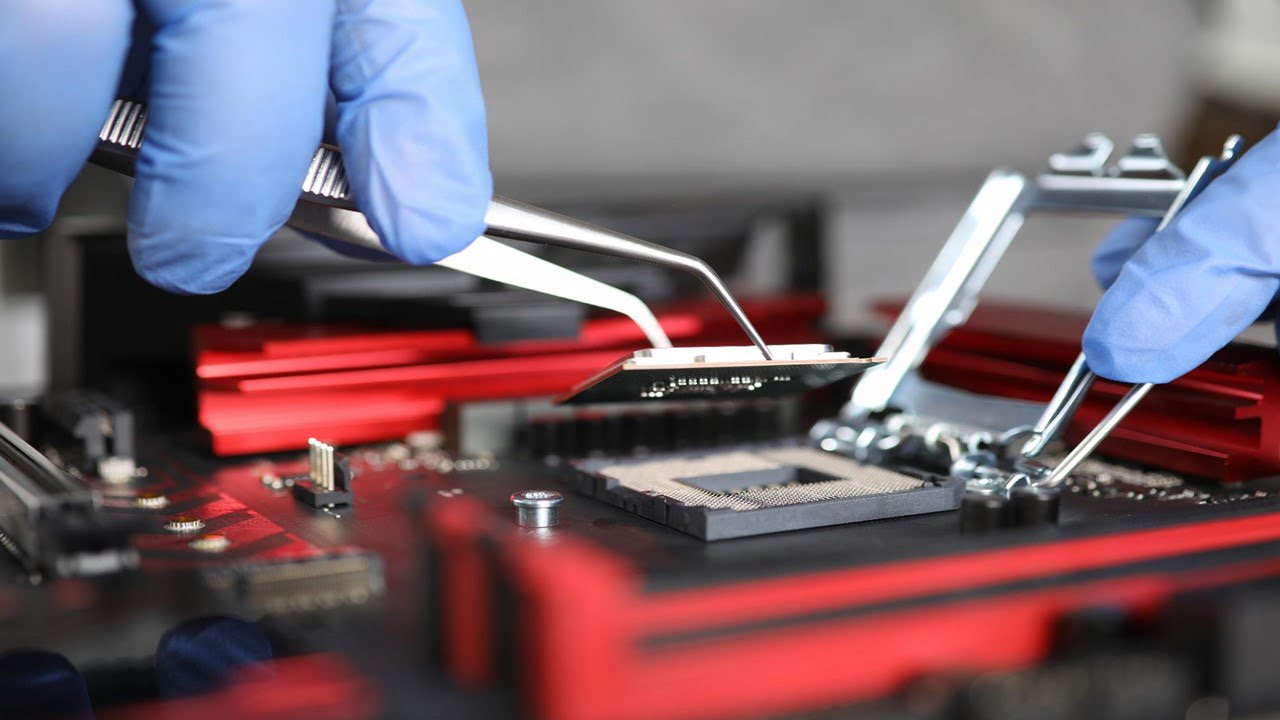
With global energy-related carbon dioxide emissions reaching an all-time high in 2021, the need for clean energy is greater than ever. Solar energy is one such alternative to fossil fuels. Solar cells have been created using various materials, but selenium (Se) is popular because it is inexpensive, stable, and non-toxic. Its efficiency, however, is limited [..]
Read More
Risk stratification is essential for identifying high-risk individuals and disease prevention. Researchers investigated the potential of nuclear magnetic resonance (NMR) spectroscopy-derived metabolomic profiles to provide information on multi-disease risk. They conducted the research in addition to conventional clinical predictors for the onset of 24 common conditions, including metabolic, vascular, respiratory, musculoskeletal, neurological, and cancer diseases. [..]
Read More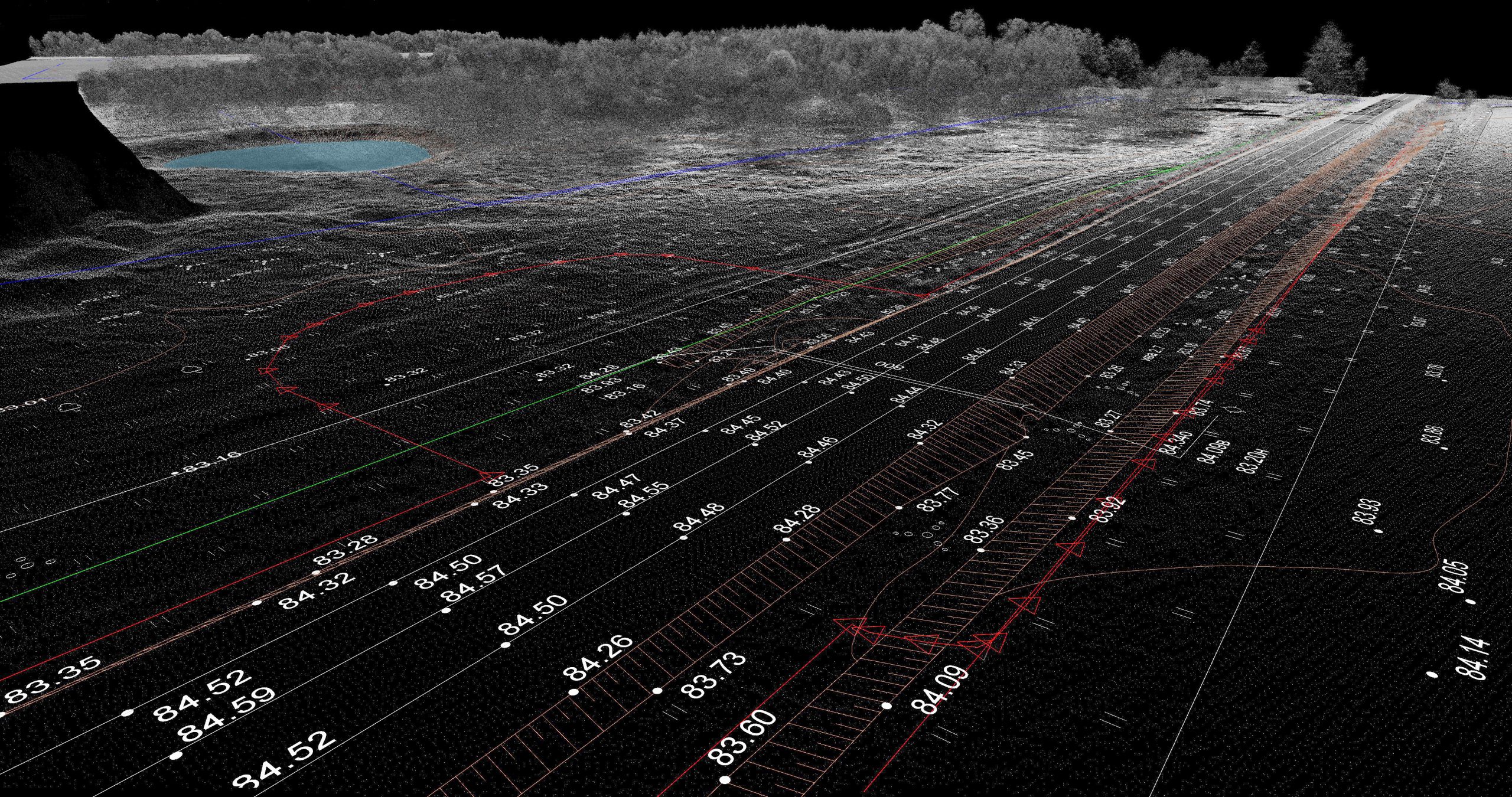
Researchers have developed a new laser-based technique that can perform LiDAR and remote chemical measurements at the same time. LiDAR (light detection and ranging) uses a laser to measure distances or ranges. Chemically sensitive LiDAR measurements could be useful for remote chemical mapping, detecting trace amounts of chemicals, monitoring industrial processes, and quality control. Researchers [..]
Read More
A new photonic chip could be a significant step toward enabling photonic quantum information processors. It can generate and measure quantum states of light in ways previously only possible with large and costly laboratory equipment. The chip is built with lithium niobate, a salt whose crystals have numerous applications in optics. On one side of [..]
Read More
Light Fidelity (LiFi) is a high-speed broadband mechanism that uses the light spectrum to transmit and receive data. The Visible Light Communication (VLC) technology uses an LED light to transmit data to a receiver, which can be installed in hotspots, laptops, or smartphones. Infrared signals are then sent back to the LED light by a [..]
Read More
Researchers have shown for the first time how cells across different tissue layers in the eye are affected in people with choroideremia – a rare genetic disorder that leads to blindness. The researchers combined traditional eye imaging techniques with adaptive optics, a technology that improves imaging resolution. The researchers used adaptive optics and indocyanine green [..]
Read More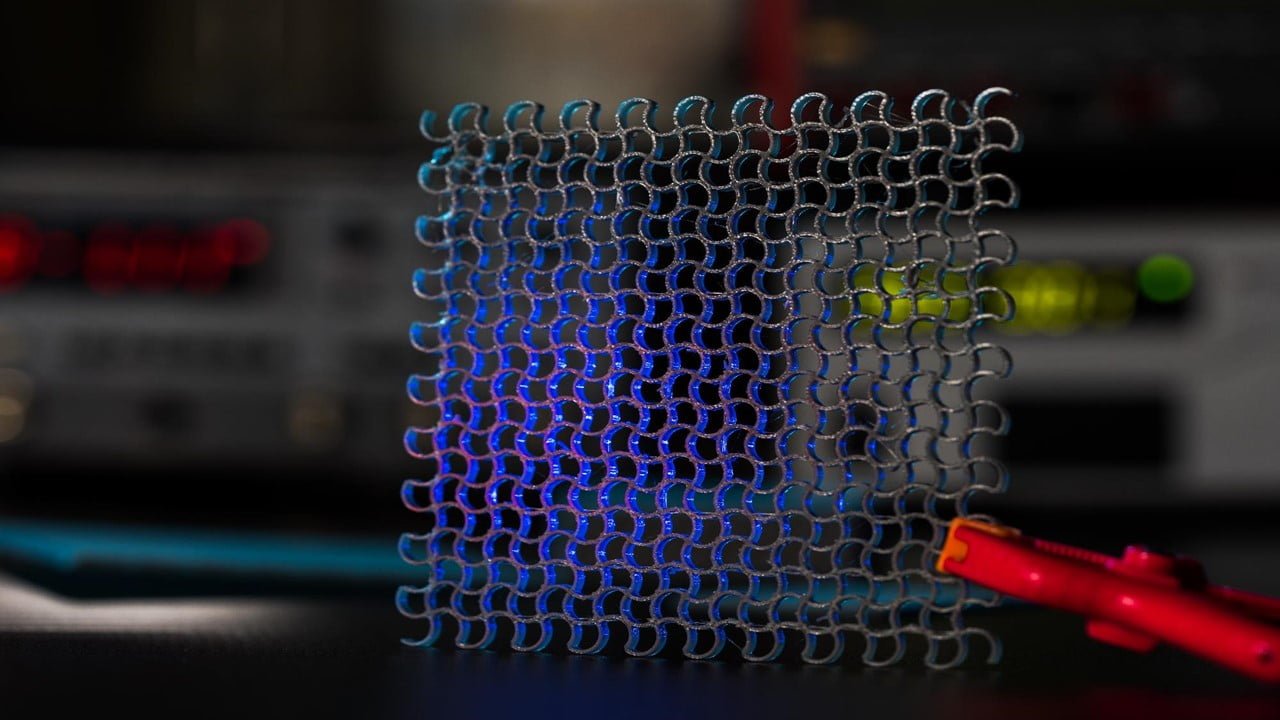
Photons are essential in various current research fields and technologies, such as quantum state engineering, which is the foundation of all quantum photonic technologies. Metasurfaces are gaining attention as photon pair sources for quantum research. They can simultaneously transform photons in multiple degrees of freedom, including polarization, frequency, and path. Researchers have now taken another [..]
Read More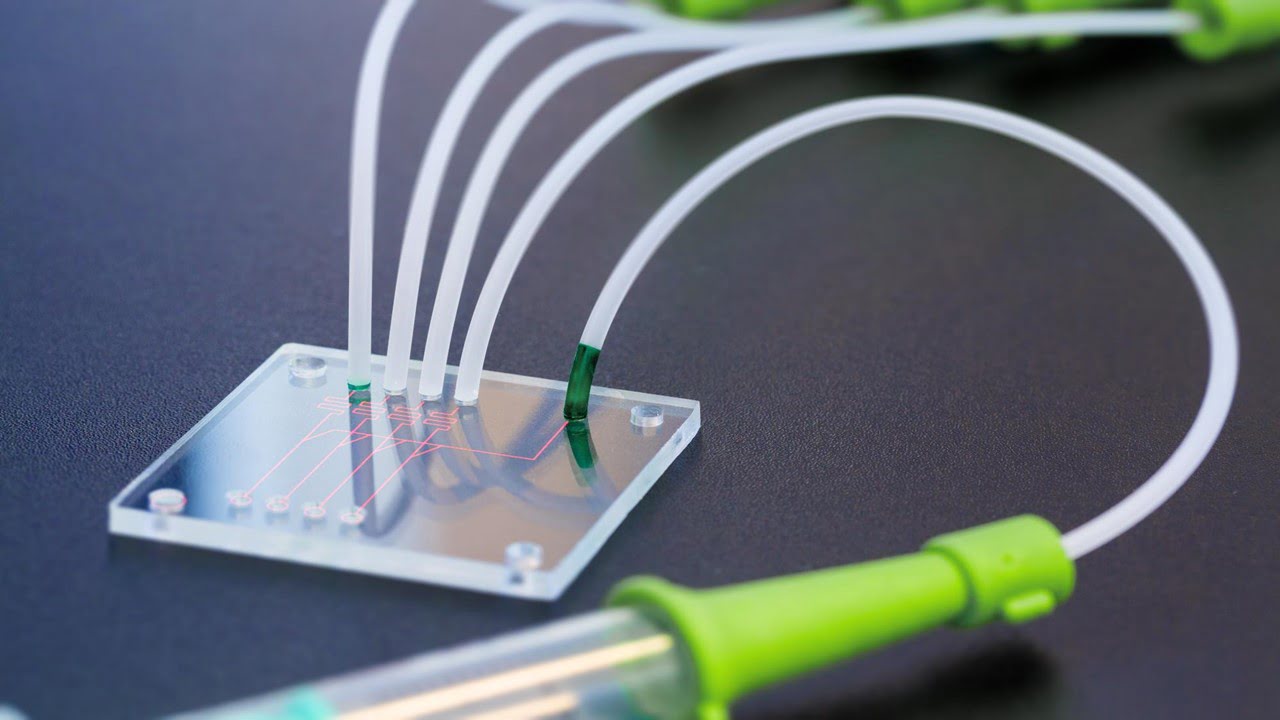
Researchers used a microfluidic device in the lab to simulate an embryonic heart, which resulted in the development of human blood stem cell “precursors,” which are stem cells on the verge of becoming blood stem cells. To create blood stem cells in laboratory dishes, researchers must first understand all of the processes that occur in [..]
Read More
Indium phosphide (InP) is an incredibly versatile material. Electronic circuits based on this compound semiconductor are among the fastest currently available, operating at frequencies far exceeding 100 gigahertz (for comparison, modern PC and laptop processors typically clock at 3-4 gigahertz). In photovoltaics, InP is an essential component of ultra-high-efficiency solar cells used in space applications [..]
Read More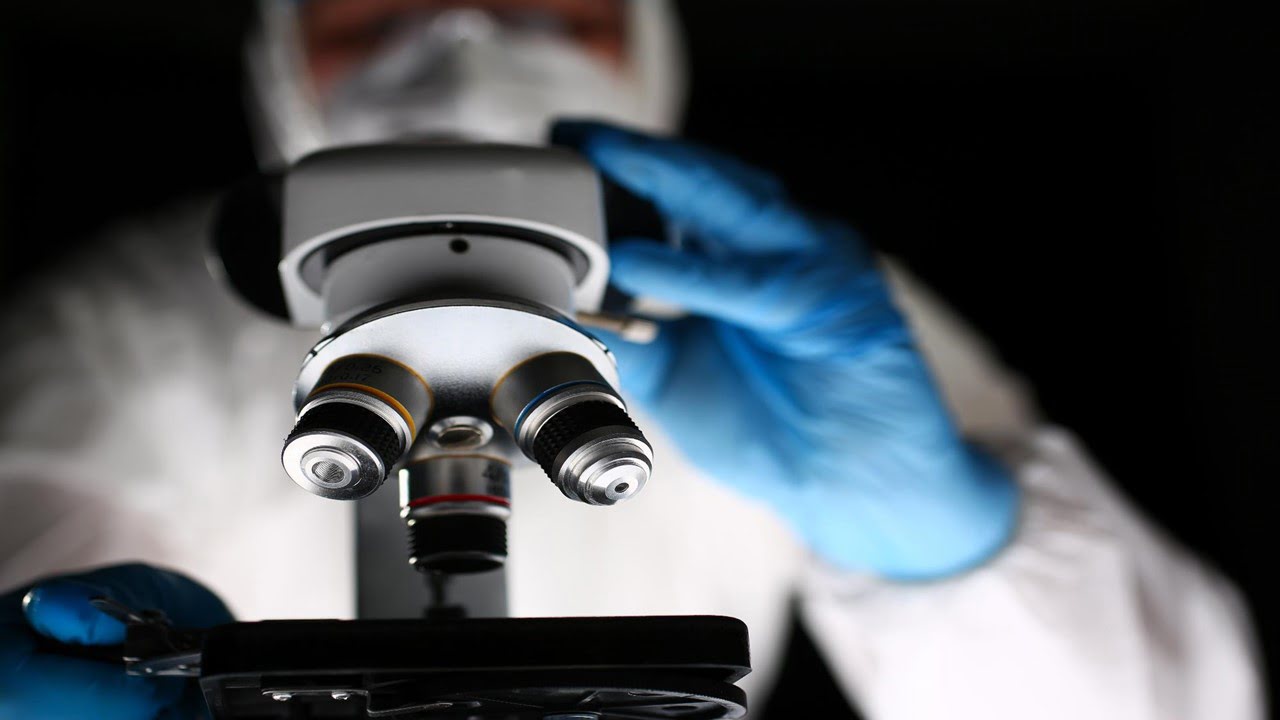
Phase transitions, such as those between solids, liquids, and gases, occur in many substances and can occur quickly or slowly. For example, scientists intend to use phase transitions to control various materials’ electronic, structural, or magnetic properties as they change for use in new types of computer memories. In a new study, researchers could examine [..]
Read More
New cardiology discoveries rely heavily on medical imaging. Researchers use cardiac imaging techniques to detect signs of artery disease that would not have been visible to doctors otherwise. The more tools we have to combat heart disease, the better. According to the CDC (Centers for Disease Control and Prevention), it is still the leading cause [..]
Read More
Researchers have developed a new type of high-efficiency photodetector. The concept comes from the photosynthetic complexes plants use to turn sunlight into energy. The researchers used unique quasiparticles known as polaritons. The new detector generates the particles in an organic thin film. Photodetectors are used in cameras, optical communication systems, and many other applications to [..]
Read More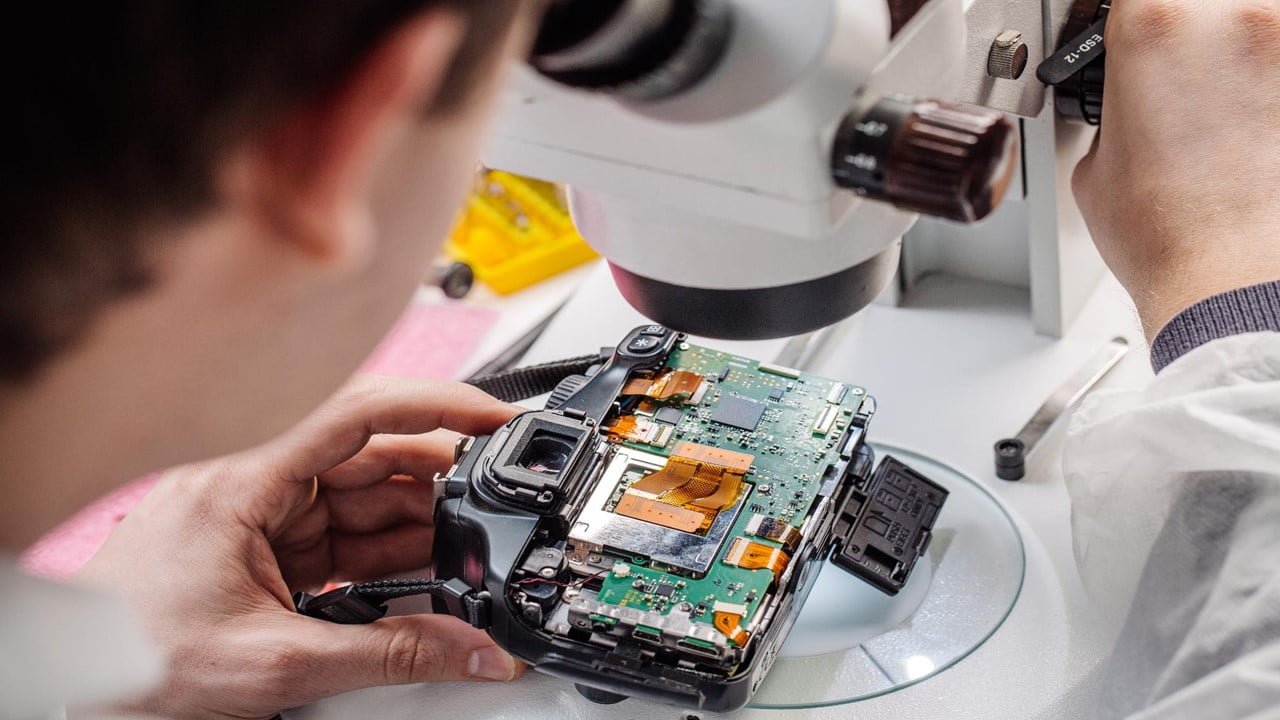
Organic light-emitting transistors (OLETs) are promising components for optoelectronics, smart display technologies, and electrically pumped lasers. They combine the light-emitting function of organic light-emitting diodes (OLEDs) and the current modulation (and signal amplification) function of organic field-effect transistors (OFETs) in a single device. High-mobility emissive organic semiconductors with tunable colors, which serve as the core [..]
Read More
Although the electronic states of a material‘s surface are only 2D, they contain a wealth of interesting physics. These states, which differ from the bulk of the material, dominate many phenomena, including electrical conduction, magnetism, and catalysis. They are responsible for nontrivial surface effects observed in topological materials and systems with strong spin-orbit interaction. Surface [..]
Read More